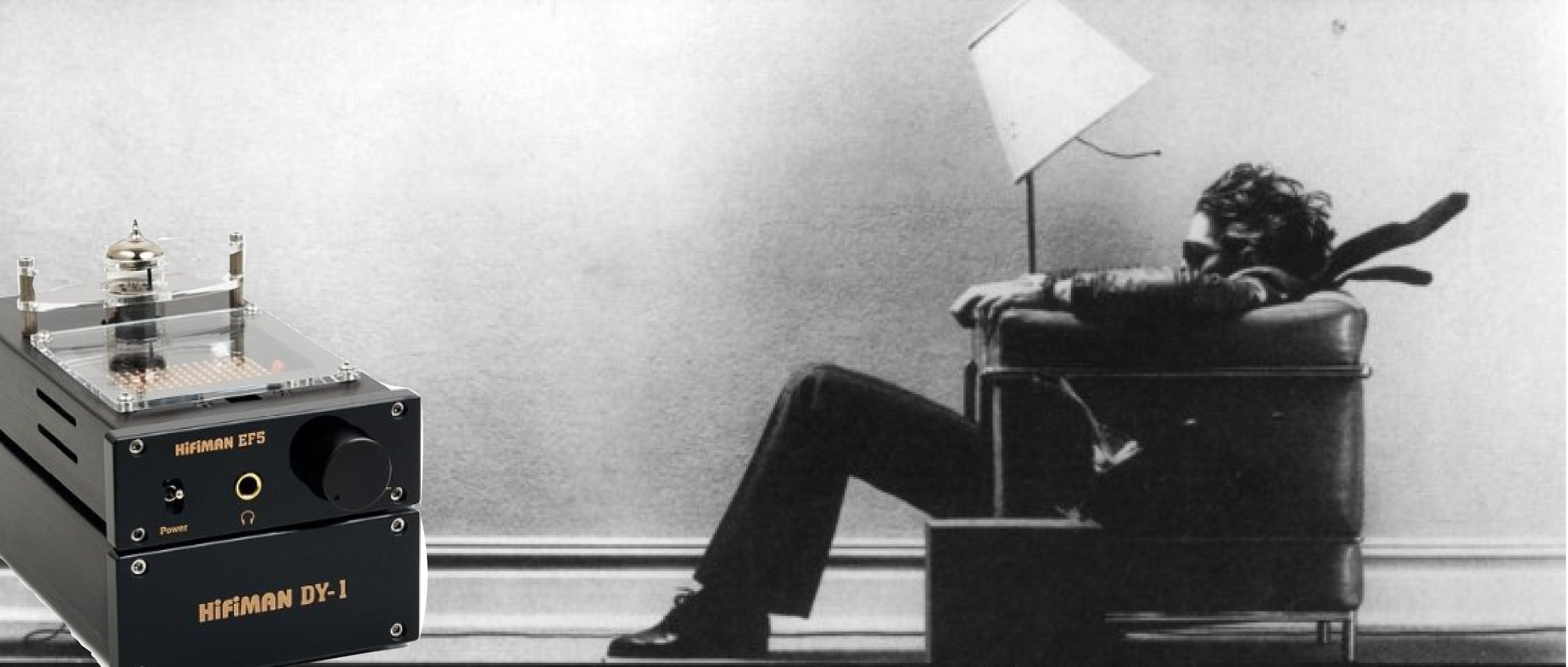A Headphone Amp Does More Than Blow Your Eardrums

An amplifier just increases the volume and does not affect the quality of the sound coming out of your speakers or headphones, right? That is what I used to think, but that is WRONG!
The thought that headphone amp is not a sound neutral device was one of those things that were so contrary to everything I believed I knew about audio that I had to test this for myself. I listened to the Luxman P-700u ($6,000) in comparison with the Burson Soloist SL ($600) controlling all the variables—cables, power, headphones, sound sources and music choice—but replacing only the amplifier. There was no question that the sound quality using the expensive Luxman was a dramatic improvement over the Burson.
There is some good science about what an amplifier does to your sound. Today, tubes are all the rage as many look to affect the warmth and presence of the music by changing the tubes. There is as much room for experimentation with tubes as there is to pairing power cords and connector cables to different hardware. However, the fact remains that an amplifier does affect the sound from your listening device.
After testing a few other headphone amplifiers, I found that there were obvious differences in sound quality between amplifiers in the under $500 category, the under $1500 category and the over $1500 category.
Since I chose the HiFiMan HE500 headphones because they sound as good as any of their over $1000 competitors and since they could be used without an amplifier, I obviously had to try the HiFiman EF5 amplifier to see if the price to quality ratio was as off the charts for their amplifier as it was for their headphones. One listen to the HiFiMan EF5 and I was sold.
The HiFiMan EF 5 separates the power source from the amplifier, which is a nice precaution to help keep unwanted power noise from entering the system. The clear Plexiglas top is an interesting window to the circuitry and the replaceable 12AU7 tube creates an opportunity for experimentation with different tubes if I ever want to play with it in the future. At a $400 price tag, this amplifier is an amazing value.
Perhaps the nearest competitor to the EF5 in my tryout was the Schiit Lyr SCH-03 for about the same price ($450). The good reviews about the Schiit are all well deserved and it seems like a good pairing with the HiFiMan HE500 headphones. It has more power than the HiFiMan EF5, but the HE500’s don’t need the power. It has a replaceable GE 6BZ7 tube so in that respect it compares well. However, the separation of the Amplifier from the power source and the logic that HiFiMan knows HiFiMan better than any other manufacturer tipped the scales of choice in favor of the HiFiMan EF5.
Now that my EF5 has fully burned in—at least 300 hours for this tube amplifier, and my headphone micro-system is built, I would like to experiment more with amplifiers. I will eventually compare my EF5 to amplifiers in the under $1500 category like the Sophia Baby ($1,000), the Apex High Fi Audio Peak ($1,400) the Luxman P-200 ($1500) and the Fosgate signature ($1500). All of these amplifiers have great reviews and it would be interesting to see how the EF5 compares to amps at three to four times the price.
Throughout the process of building my headphone micro system I learned that there is no “perfect” or “best” component. The goal is to pick components that produce an objectively obvious improvement in sound quality from their competitors. If the improvement is subjectively subtle and the price jump from the “second best” competitor is significant—near double or more– I chose the “second best.” I also learned that the sound of each component changes subtly or dramatically when it is paired with other components and that every component needs to burn in for at least 200 hours before you can be sure that you are giving it a fair hearing. Finally, power supply, cords and connecting cables should be considered “components” and require the same attention and scrutiny.
